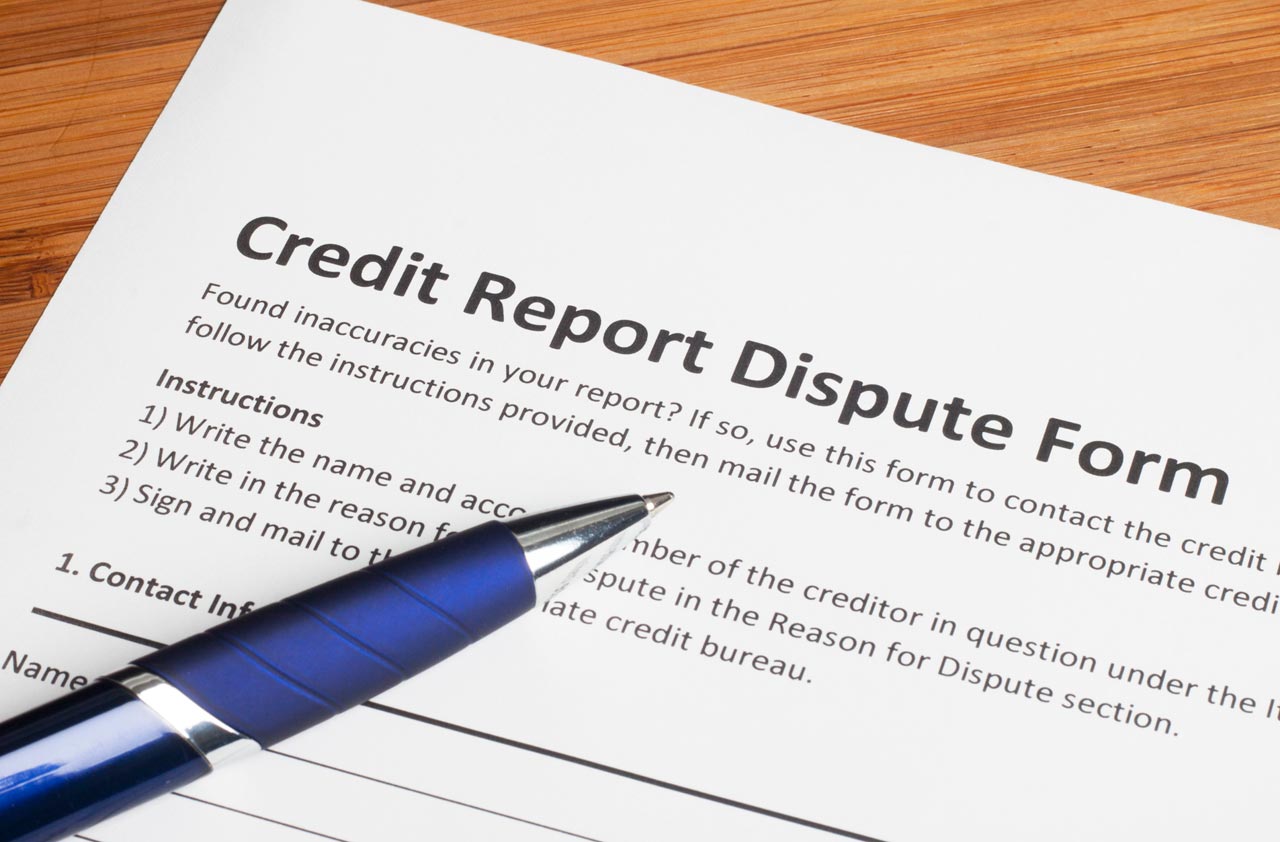5 Steps to Picking the Best Medicare Part D Prescription Drug Plan for You
People who don’t switch plans will face an average 13% premium increase in 2016. Shop around and you could lower your costs.

I’ve been happy with my Medicare Part D prescription-drug policy. If I want to keep it, do I need to do anything during Medicare open enrollment?
As long as your insurer will continue to offer the plan (only a few plans are being dropped this year), you’ll automatically be re-enrolled in your plan for 2016 and don’t need to do anything during open enrollment. But even if you’ve been happy with your coverage, it’s a good idea to compare your options. You can switch plans during open enrollment, which runs from October 15 to December 7 for new coverage to begin on January 1, 2016. The average Medicare beneficiary has a choice of 26 prescription-drug plans in 2016.
Many plans are boosting premiums, changing their drug coverage and imposing new restrictions. The Kaiser Family Foundation estimates that people who don’t switch plans will face an average 13% premium increase in 2016, with average Part D premiums rising from $36.68 to $41.46 per month.

Sign up for Kiplinger’s Free E-Newsletters
Profit and prosper with the best of expert advice on investing, taxes, retirement, personal finance and more - straight to your e-mail.
Profit and prosper with the best of expert advice - straight to your e-mail.
The monthly premium is only one item to compare. A plan with lower premiums may actually cost you more by the end of the year if it charges high out-of-pocket costs for your medications. The following five steps can help you pick the best plan for 2016:
1. Compare overall costs for your specific drugs. First, check that your medicines are still on the plan’s formulary (its list of covered drugs). If not, you’ll have to pay the full price yourself. And even if a drug is covered, your out-of-pocket costs can vary a lot by insurer. Some plans have no deductible; others require you to pay up to $360 before they cover anything. And the out-of-pocket costs for your medications can vary a lot, too. Most plans now have five pricing tiers for drugs—preferred and non-preferred generics, preferred and non-preferred brand-name drugs, and expensive specialty drugs. Insurers typically charge 20% of the cost for preferred brand-name drugs and 40% for non-preferred brand-name drugs. If an insurer switches one of your drugs from preferred to non-preferred status, for example, you may have to pay hundreds of dollars more out of pocket, even though your drug is still covered.
It’s easy to compare overall costs for all of the plans available in your area with the Medicare Plan Finder. Type in your drugs and dosages and you’ll see a list of premiums, out-of-pocket costs and restrictions for your medications (and whether they are on the insurer’s formulary). Most important is the first column, which adds up the premiums, deductibles, and fixed-dollar co-payments or percentage-based coinsurance for your specific drugs and estimates your annual costs under each plan. You and your spouse may find different plans are better deals for your own medications. Your State Health Insurance Assistance Program can also provide personalized help with comparing plans (call 800-633-4227 or visit www.shiptacenter.org for local contacts).
2. See if you can save money with a preferred pharmacy. There has been a huge increase in the use of preferred pharmacies over the past few years. In 2016, 85% of Part D plans will charge less if you use certain in-network pharmacies; only 7% had preferred pharmacies in 2011. The cost difference can be significant. With the Humana Walmart prescription-drug plan, you’ll pay 35% of the cost of non-preferred drugs at Walmart or Sam’s Club or when you order them through the Humana pharmacy mail-order network, but you’ll pay 45% to 50% of the cost at other retail network pharmacies. The insurer’s Web site will have a list of preferred pharmacies. Pick a plan with pharmacies you will use. And if you and your spouse have different Part D plans, be careful to use the correct preferred pharmacy.
3. Learn about hurdles to jump before your drugs will be covered. More plans are imposing special requirements before they will cover pricey brand-name and specialty drugs. Your doctor may first have to fill out an authorization form explaining why you need a specific drug. Or the plan may cover a particular drug only after you’ve tried a list of less-expensive medications (a procedure called "step therapy"). The plan may also have a quantity limit for your specific drugs (covering only a certain number of dosages each month, for example). The Medicare Plan Finder’s “drug coverage, drug restrictions and other programs” column lists whether any of those restrictions apply to your drugs with each insurer. You can get more information about the requirements from the insurers you’re considering.
4. Find out if you can save money by switching drugs. Ask your doctor whether you can switch to a generic alternative. Generics may cost as much as 85% less than brand-name drugs, and more generics are introduced every year. If no generic is available, you may be able to save money by switching to a "therapeutic equivalent," which is another medication that may have a similar result but isn’t a generic. Use the Plan Finder to find out which insurer offers the best deal for that version of the drug—the plan that has the lowest overall costs for your original brand-name drug may be different than the best deal for generics or other drugs.
5. See how the plan matches your budget. The Plan Finder enables you to match up to three plans side by side so that you can get a detailed comparison. Scroll down to see a breakdown of your estimated drug costs by month under each plan. The way Part D coverage is structured, you will have much higher out-of-pocket costs in some months than in others. In 2016, your Part D plan will provide coverage until your drug expenses reach $3,310 (including both your share and the insurer’s share of the costs). You then reach the "doughnut hole" coverage gap, in which you have to pay 45% of the cost of brand-name drugs and 58% of the cost of generics yourself. When your out-of-pocket costs reach $4,850, your plan kicks back in, and you’ll have to pay only 5% of your covered drug costs. If you take expensive brand-name or specialty drugs, you may have to pay more than a thousand dollars out of pocket in some months before you reach the catastrophic coverage level and switch to paying 5% of the costs of the drug.
Get Kiplinger Today newsletter — free
Profit and prosper with the best of Kiplinger's advice on investing, taxes, retirement, personal finance and much more. Delivered daily. Enter your email in the box and click Sign Me Up.

As the "Ask Kim" columnist for Kiplinger's Personal Finance, Lankford receives hundreds of personal finance questions from readers every month. She is the author of Rescue Your Financial Life (McGraw-Hill, 2003), The Insurance Maze: How You Can Save Money on Insurance -- and Still Get the Coverage You Need (Kaplan, 2006), Kiplinger's Ask Kim for Money Smart Solutions (Kaplan, 2007) and The Kiplinger/BBB Personal Finance Guide for Military Families. She is frequently featured as a financial expert on television and radio, including NBC's Today Show, CNN, CNBC and National Public Radio.
-
 The AI Doctor Coming to Read Your Test Results
The AI Doctor Coming to Read Your Test ResultsThe Kiplinger Letter There’s big opportunity for AI tools that analyze CAT scans, MRIs and other medical images. But there are also big challenges that human clinicians and tech companies will have to overcome.
By John Miley Published
-
 The Best Places for LGBTQ People to Retire Abroad
The Best Places for LGBTQ People to Retire AbroadLGBTQ people can safely retire abroad, but they must know a country’s laws and level of support — going beyond the usual retirement considerations.
By Drew Limsky Published
-
 Credit Report Error? They All Matter
Credit Report Error? They All Mattercredit & debt Don't dismiss a minor error. It could be the sign of something more serious.
By Kimberly Lankford Published
-
 Insurance for a Learning Driver
Insurance for a Learning Driverinsurance Adding a teen driver to your plan will raise premiums, but there are things you can do to help reduce them.
By Kimberly Lankford Published
-
 Getting Out of an RMD Penalty
Getting Out of an RMD Penaltyretirement When your brokerage firm miscalculates your required minimum distributions, you have recourse.
By Kimberly Lankford Published
-
 529 Plans Aren’t Just for Kids
529 Plans Aren’t Just for Kids529 Plans You don’t have to be college-age to use the money tax-free, but there are stipulations.
By Kimberly Lankford Published
-
 When to Transfer Ownership of a Custodial Account
When to Transfer Ownership of a Custodial Accountsavings Before your child turns 18, you should check with your broker about the account's age of majority and termination.
By Kimberly Lankford Published
-
 Borrowers Get More Time to Repay 401(k) Loans
Borrowers Get More Time to Repay 401(k) Loansretirement If you leave your job while you have an outstanding 401(k) loan, Uncle Sam now gives you extra time to repay it -- thanks to the new tax law.
By Kimberly Lankford Published
-
 When It Pays to Buy Travel Insurance
When It Pays to Buy Travel InsuranceTravel Investing in travel insurance can help recover some costs when your vacation gets ruined by a natural disaster, medical emergency or other catastrophe.
By Kimberly Lankford Published
-
 It’s Not Too Late to Boost Retirement Savings for 2018
It’s Not Too Late to Boost Retirement Savings for 2018retirement Some retirement accounts will accept contributions for 2018 up until the April tax deadline.
By Kimberly Lankford Published